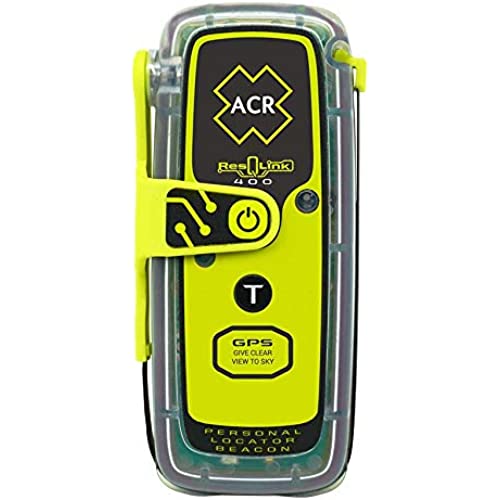
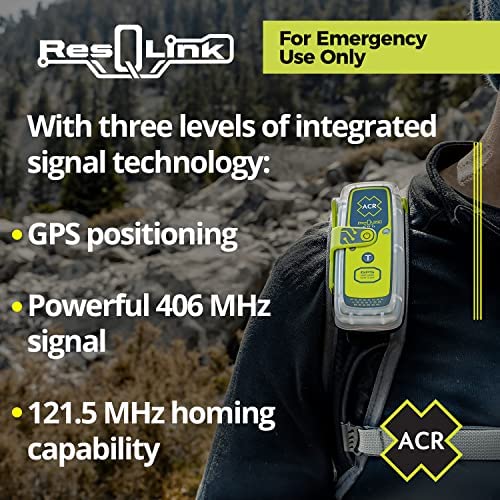
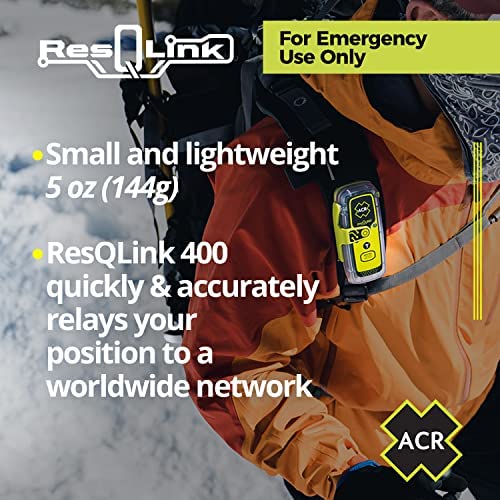
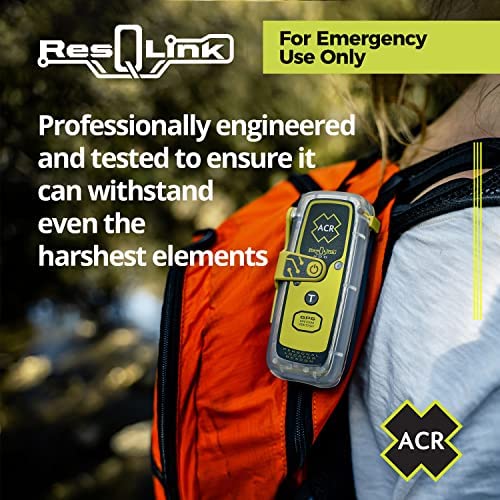
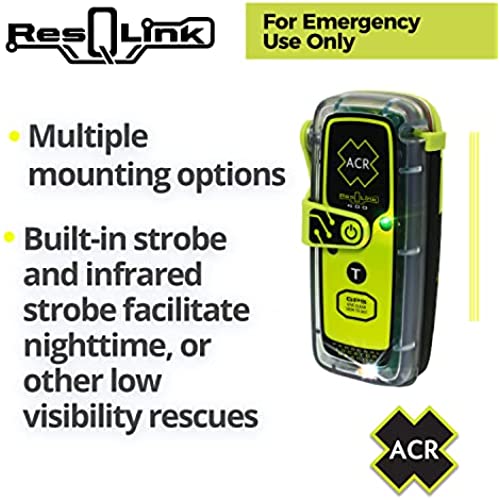
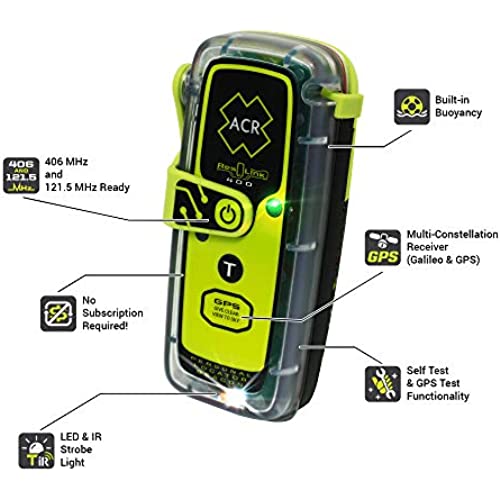
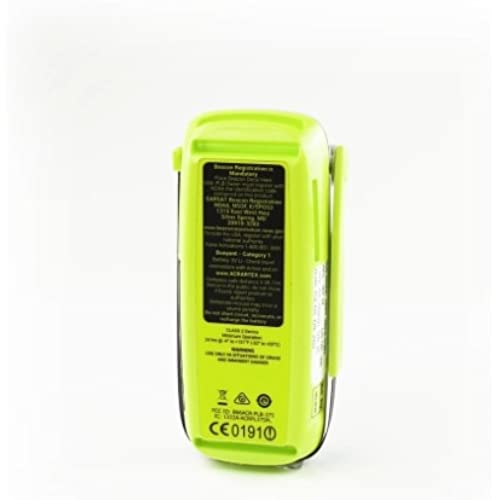







ACR ResQLink 400 - SOS Personal Locator Beacon with GPS (Model: PLB-400) ACR 2921
-

JM
> 24 hourGreat for peace of mind. Anywhere in the world, any time, you’ll be found if you can see the sky. So please don’t activate it indoors, it must see the skies to see the satellites. As for the guy who strapped it to his jet ski, this made is for terrestrial endeavors. And while it will float, it’s only made for water pressures found at the water surface. They have beacons for marine use. You might as well complain about your jet ski conking out when riding on land. Pick right tool for the right job.
-

Shine Like A Diamond
> 24 hourI couldnt give any stars for the battery life because I just got it , I assume its battery will last like it says. This was very easy to register online . The instructions were very simple on how to use it . As far as I know it will work , i did run the test and it passed. Size wise its about like a small version of the old clunky cell phones and not super heavy but heavier than the average cell phone . Id say worth the money for the peace of mind. I think anyone that goes out on the water should have one of these . Things can go very wrong very quick.
-

JW
> 24 hourI can only really give it Zero Stars. A review for something I have not used is no review at all. Its nice looking and small. The Test Button works and the antenna deploys. If I ever use it, I will follow up on this review with my experience.
-

Ray LaValley
> 24 hourBut also make sure not to confuse the manufacture date (to the immediate right of the uin and in black on white) with the battery life (black on yellow)....wasnt very visible when I went to register the product. If you register any product ever, this is one not to skip. You might not know what kind of product you have. They changed the website so the warranty registration was under a link leaving me to wonder how current the product was. Glad to find out it exp in 2026, not 2020
-

Jonathan P.
> 24 hourA must have for any boater. I fish solo and keep this teathered to my lifejacket at all times. Well worth the price for piece of mind.
-

James
> 24 hourI need one to go offshore. It did the job I need it to.
-

Xeiot
> 24 hourHope I never have to use it but well worth the insurance. Individual registration is required, free and easy to do with provided instruction.
-

Clayton A. Tomlinson
> 24 hourVery good experience. Arrived on time great price. Easy to understand how to use it. I go offshore and it adds another level of safety
-

Dion
> 24 hourGetting it registered wasn’t easy but not the fault of Amazon or the company that made it.
-

blue cowgirl
> 24 hourI have the PLB 375 ( old model)

